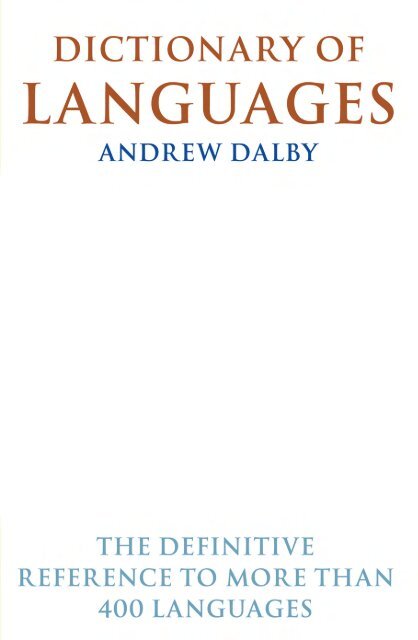

Hope the lesson is good enough to understand. Translate and send me in my email or you can comment below. While saying はじめまして we have to bow down in a respect. When saying the name, surname is said first and then only name is said. We can add other information like where are we living, how long we have been learning Japanese and so on. How do you do? Please give your introduction. Let us take a example of a interview scene.
#MINNA NO NIHONGO 1 GANDHI HOW TO#
We will now learn how to introduce yourself with other people. One year old is pronounced as いっさい(issai). Add さい at the end of the number to get the age. The respective age can be seen in above table. Let us see now how to say age with the help of table. Ms.Sakura is a teacher of Japan University. If the current statement is same as the previous statement, we use もーparticle after noun instead of は-particle. だれ and どなた is used for asking with interrogative “who”.どなた is more polite than だれ。 いいえ is not pronounced individually, but the いい is pronounced as iiiii(long sound)。For answering above question let us see example. Reading grammar: New words file: Minna no nihongo CD1 The first listening file will be Dai 1 ka kotoba The second song file will be Dai 2 ka kotoba. To answer the question, はい is used for yes and いいえ is used for no. Learn grammar in the above manner at least 5 times, then listen at least 3 times a day. か-particle is used for questioning or form by adding か the end of verb(です and others)。As in english “?”mark is not used in Japanese.

じゃありません is the negation of です。It is like “ isn’t, ain’t, aren’t” of English Language. Note: ~さん is used for giving respect to the person. Here はーparticle focuses that the Ms.Sakura (topic) is a teacher (main focus). It helps to judge about the character of N1. It is like “ is, am,are” in English language. It is like starting a sentence with as for or speaking of. And the word(N2) after it, is the main focus. It is a topic marker i.e, it talks about the word (N1) before it. The particle-は though written as は, it is pronounced as わ。 But in Japanese, we use subject+object+verb. We have a different sentence structure than in english grammar. In this lesson we will learn about は-particle、も-particle、の-particle、and use of ですand ですか verb. Said when you meet someone for first time Suffix meaning a national of some countryĮmployee of ~company(used with company name) Ladies and gentlemen, all of you everyone I want you to tell that before moving to the grammar section of each lesson, I request you to please memorize the vocabulary properly. Use of pencil instead of pen will be helpful.Ħ. There is a significant importance of good handwriting. In Japan listening and speaking is given more importance than writing. Thus, I prohibit you to learn nihongo with the help of it.Ĥ. But anime and manga mostly uses plain form. Japan uses formal language(with elders) and informal language (plain form) with colleagues and juniors. People try learning nihongo through anime and manga through the beginning.


If not then you may feel a bit difficult in learning which results in lowering your excitement in learning nihongo.ģ. Don’t practice nihongo randomly( not watching or reading lesson from beginning), stick to the lesson and buy books to practice. If you don’t and start next lesson in a hurry, you will end up forgetting the previous lesson.


 0 kommentar(er)
0 kommentar(er)
